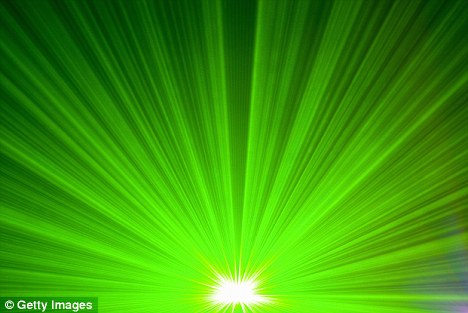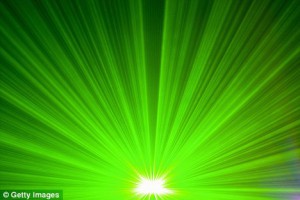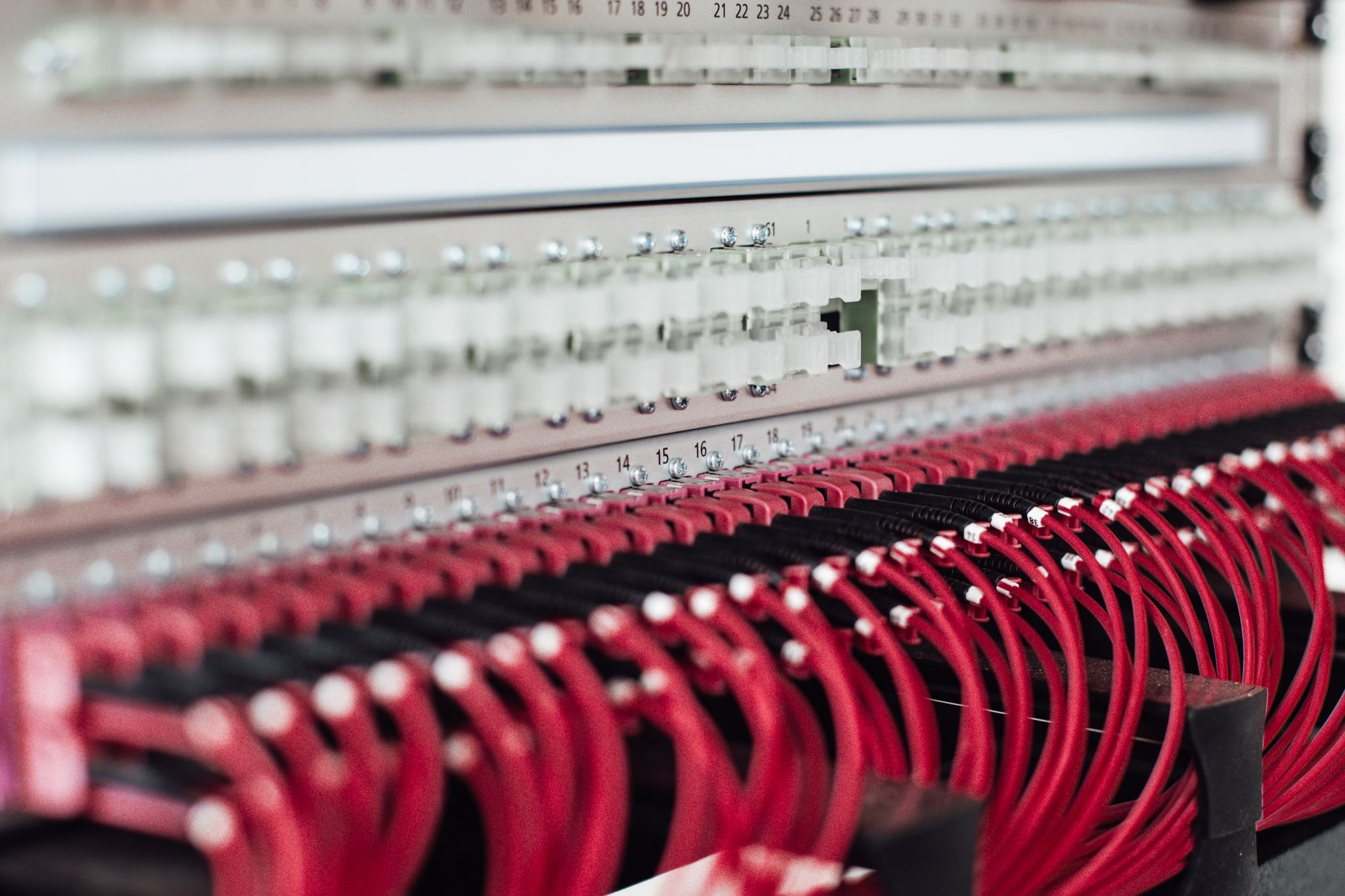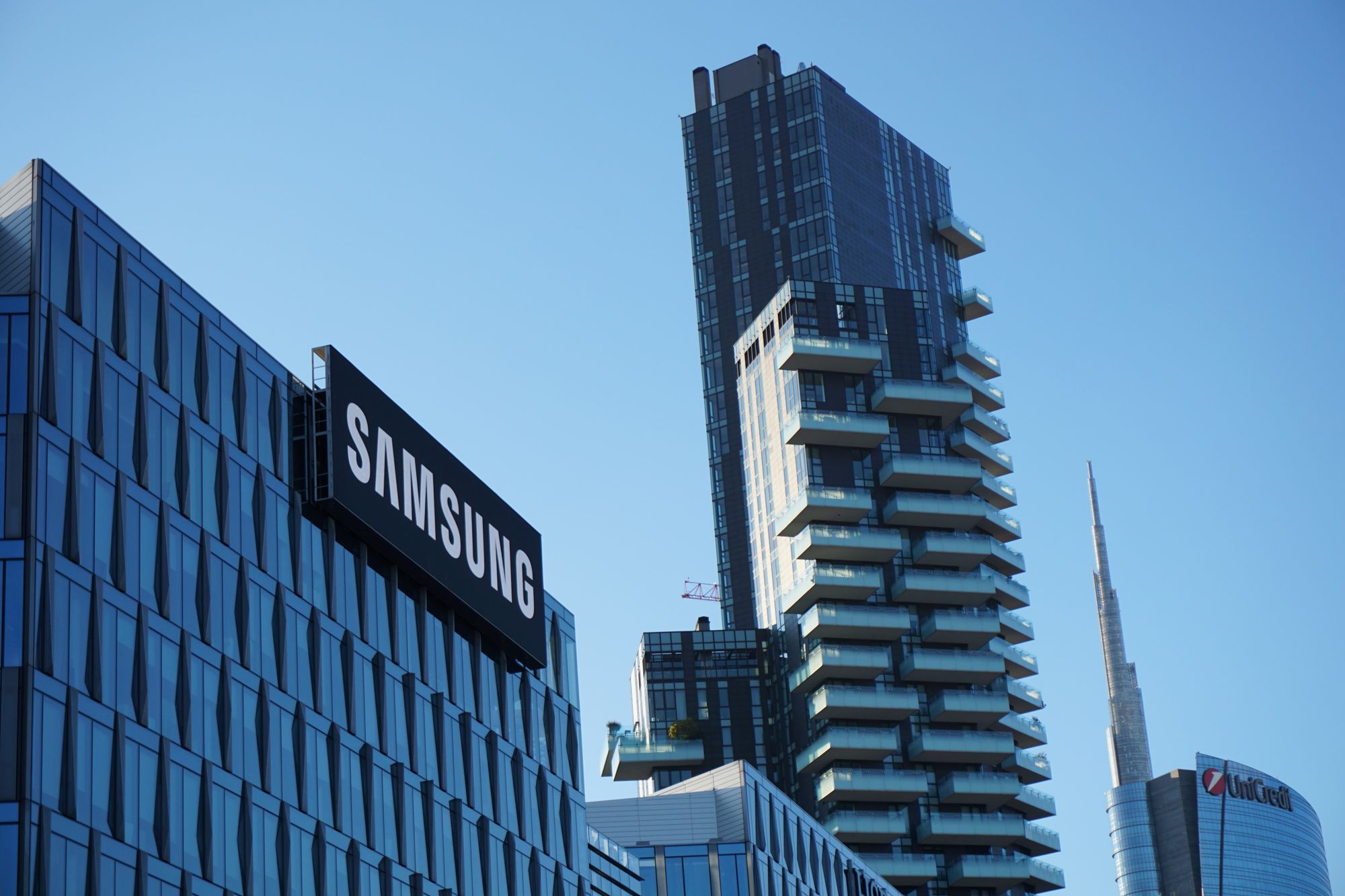New Prototype 'Antilaser' Released


A new antilaser device absorbs laser beams so well that barely a scrap of energy escapes. But if its strange name conjures up Star Trek style visions of laser armor, don’t get too excited.
“This is the worst laser shield you could ever invent,†says Douglas Stone, a physicist and member of the Yale team that describes the device in the Feb. 18 Science. Because the antilaser soaks up energy, “R2-D2 would melt into a puddle if protected by our device.â€
Instead, the prototype antilaser — which absorbs only a narrow range of infrared wavelengths — may be useful for designing light-based devices integrated into electronic computer chips.
Other researchers have created similar devices, called coherent perfect absorbers, by repeatedly bouncing light between a mirror and a piece of absorbing material. What’s new, Stone says, is the discovery of the fundamental principle that makes these devices work: time reversal.
In the context of lasers, time reversal isn’t a way for scientists to travel back to childhood and fix their embarrassing mistakes. It’s a technique for rewinding and undoing a process by reversing the mathematics underlying it — in this case, by changing a plus sign to a minus sign to make the energy absorbed by the antilaser equal to the energy produced by a laser.
“Using time reversal of the lasing operation and the source of the laser, [the Yale researchers] found a very elegant way to make a perfect absorber of light,†says Mathias Fink, a physicist at ESCPI Paris Tech who developed the first time reversal techniques applied to sound waves.
Lasers work by passing light through a material that amplifies it — a piece of crystal, glass, semiconductor or other “gain medium†— to produce an intense, coherent beam.
The Yale contraption runs this process backward. An incoming beam enters a splitter, which divides it into two beams of equal strength. Mirrors sync up these beams and guide them into opposite sides of a silicon wafer, a material that absorbs light. The energy not absorbed by the silicon disappears as the beams collide and interfere which each other; less than 1 percent of the beams’ energy escapes the silicon death trap.
“In theory, there’s no reason we can’t achieve even better, near-perfect absorption,†says Stone, who published the theoretical proposal for the antilaser last year. “We’re limited only by the characteristics of our laser.â€
With this principle in hand, the Yale team can choose the wavelength of light absorbed by changing the width of the silicon. The researchers can also turn up or down the amount of energy absorbed by tweaking how the waves of the two laser beams line up when they come together in the silicon.




